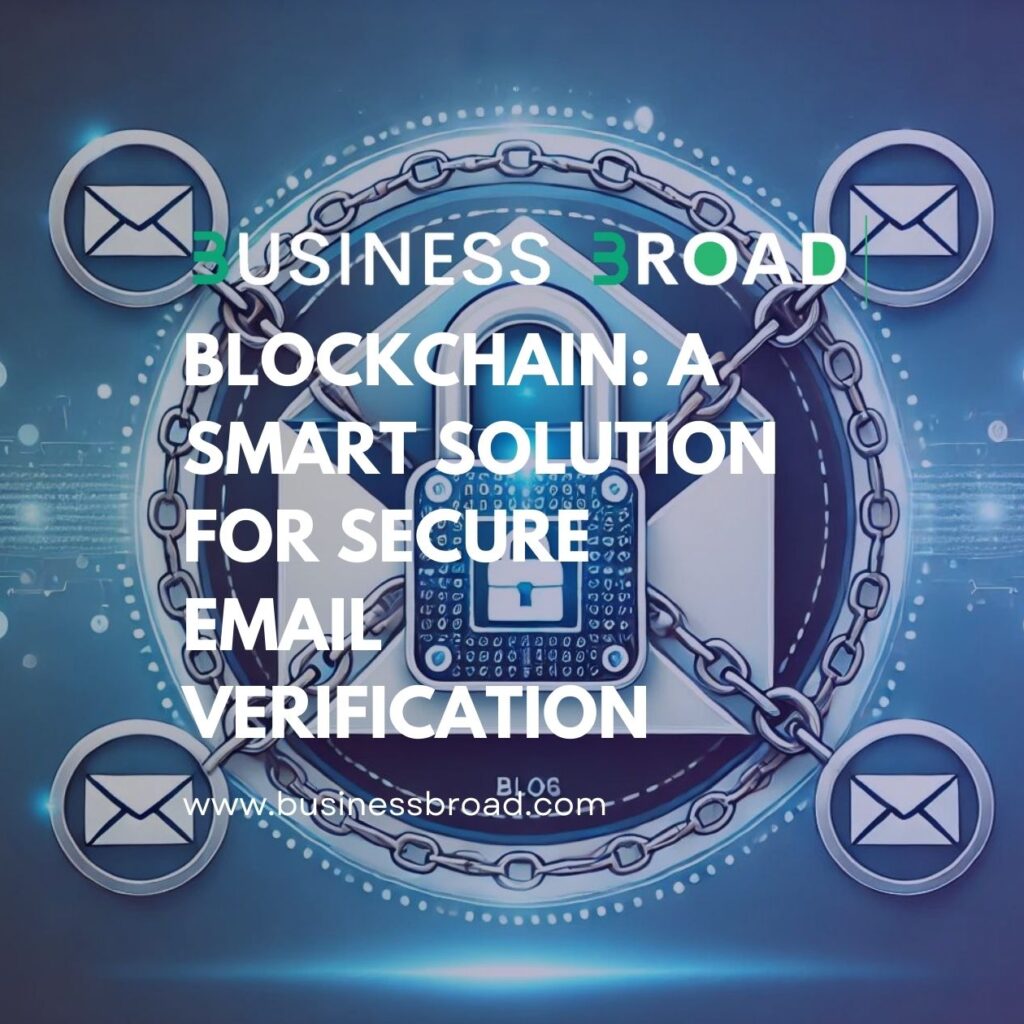In today’s digital world, verifying email addresses is crucial for maintaining security and ensuring reliable communication. Traditional verification methods, however, often face challenges such as spam, phishing, and data breaches. A promising solution to these issues is the integration of blockchain technology. This article explores how blockchain can revolutionize email verification, providing a more secure and efficient system.

The Basics of Blockchain Technology
Blockchain is a decentralized ledger that records transactions across multiple computers. This technology is known for its security, transparency, and immutability. Once data is recorded on a blockchain, it cannot be altered or deleted, making it a trustworthy source for information.
How Blockchain Enhances Email Verification
- Security and Transparency: Blockchain’s decentralized nature ensures that no single entity has control over the entire data set. This characteristic significantly reduces the risk of data tampering and unauthorized access. When applied to email verification, blockchain can store the status of each email address—whether it has been verified or not—in a secure and transparent manner.
- Immutable Records: One of the key features of blockchain is its immutability. This means that once an email address is verified and the information is stored on the blockchain, it cannot be altered. This provides a permanent and reliable record of verification, which can be crucial for legal and compliance purposes.
- Reduced Spam and Phishing: By using blockchain for email verification, companies can ensure that only verified email addresses are added to their contact lists. This reduces the chances of spam and phishing attacks, as unverified and potentially malicious addresses are filtered out.
- Decentralization and Privacy: Blockchain technology does not rely on a central authority, which enhances user privacy. In email verification, this means that users can have their email addresses verified without having to share their personal data with a centralized entity, thus minimizing the risk of data breaches.
Practical Implementation and Challenges
Implementing blockchain-based email verification involves integrating blockchain technology with existing email systems. This can be done through APIs or by developing custom solutions. However, there are challenges to consider:
- Scalability: Blockchain networks need to handle a large volume of transactions, which can be challenging given the vast number of emails processed daily.
- Adoption and Integration: Widespread adoption requires collaboration among email service providers, companies, and blockchain developers. Integration into existing systems can be complex and requires a significant investment in infrastructure.
- Regulatory and Compliance Issues: As with any technology handling personal data, blockchain-based email verification must comply with regulations such as GDPR and CCPA.
Future Prospects
The use of blockchain for email verification is still in its nascent stages, but it holds significant potential. As technology advances and becomes more accessible, we can expect broader adoption and further innovation in this space. The combination of blockchain’s security features with email verification can provide a robust solution to many of the challenges faced in online communication today.
Conclusion
Using blockchain to verify email addresses is a smart and innovative approach to enhancing online security. It offers a secure, transparent, and immutable method for verifying the authenticity of email addresses, thereby reducing spam and phishing risks. While there are challenges to its implementation, the benefits make it a promising solution for the future of secure communication. As the digital landscape continues to evolve, integrating blockchain into email verification processes could become a standard practice, revolutionizing the way we manage and secure email communications.





2 Comments
[…] Blockchain: A Smart Solution for Secure Email Verification […]
[…] Blockchain: A Smart Solution for Secure Email Verification […]